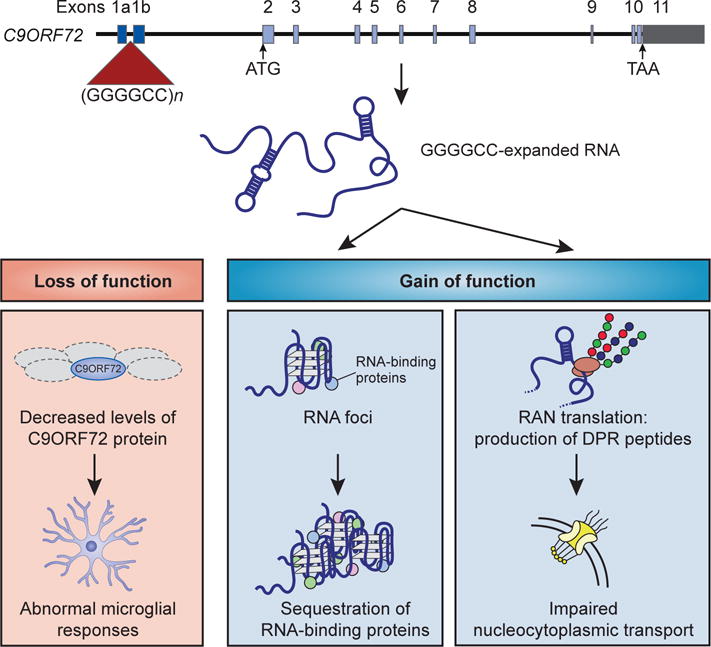Figure 4. Three non-exclusive mechanisms have been proposed for C9-ALS/FTD.

The offending mutation is expansion of a hexanucleotide repeat (GGGGCC) from fewer than 23 to hundreds or thousands in C9-ALS/FTD patients. This mutation results in modest reduction of C9ORF72 protein that appears insufficient to cause disease but may contribute to disease progression. Expression of sense and antisense transcripts containing the expanded repeat likely drive a toxic gain of function. The two major modes of toxic gain of function implicated are (1) toxicity of the mutant transcript, perhaps through sequestration of RNA-binding proteins, and (2) unconventional translation to produce dipeptide repeat proteins, some of which may be toxic.
